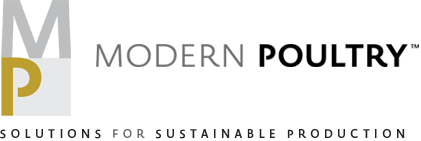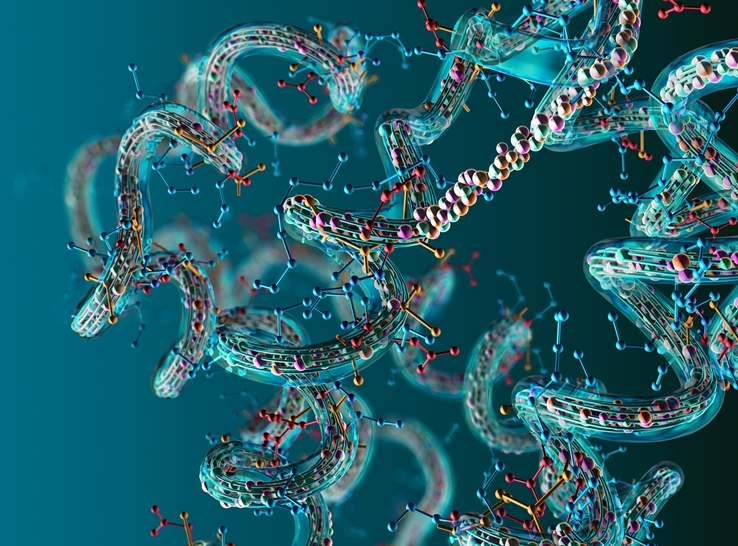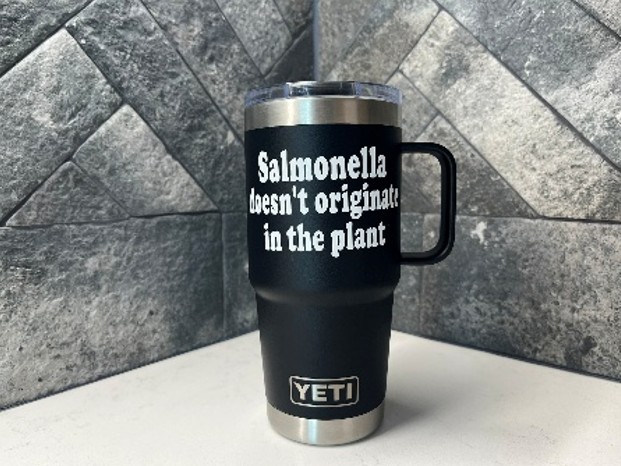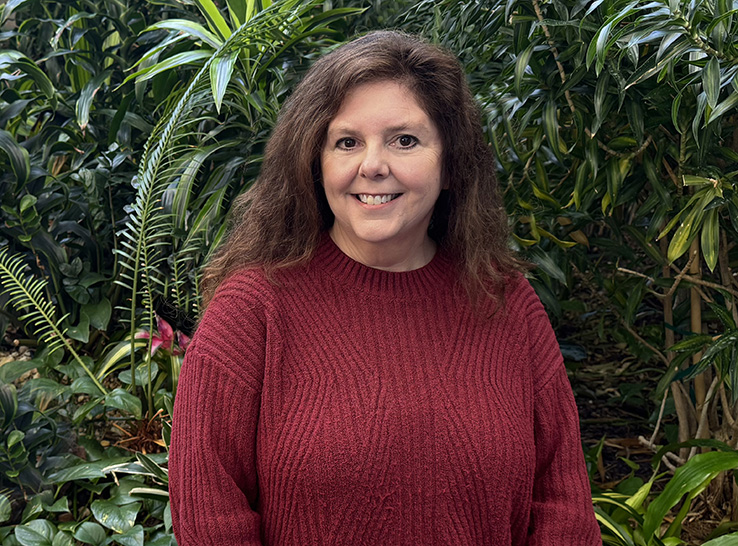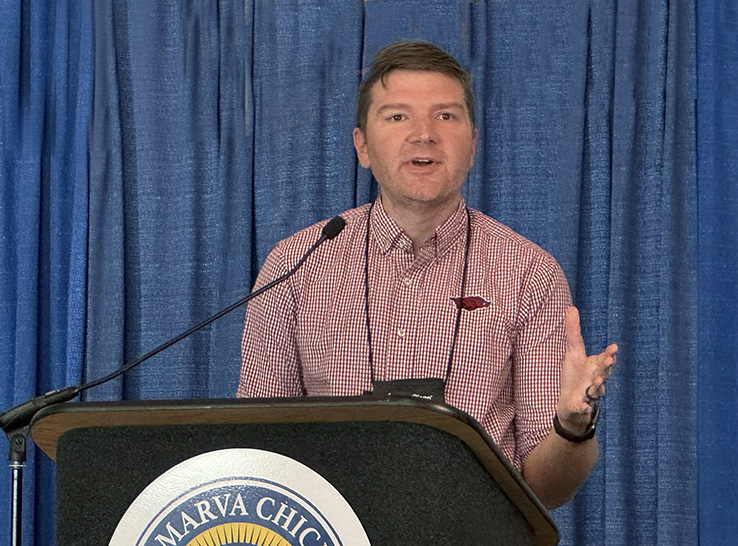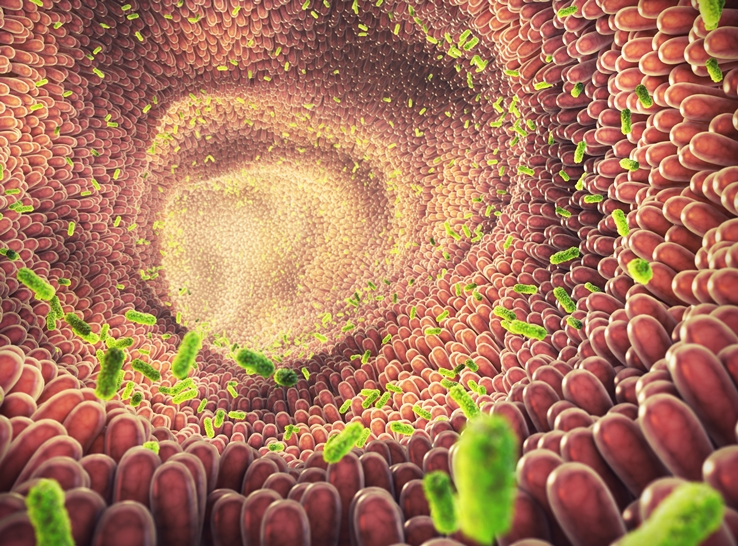By Douglas L. Fulnechek, DVM
Senior public health veterinarian
GTS Health (formerly Gaydos Technical Services)
On April 25, 2025, the Food Safety and Inspection Service (FSIS) withdrew its “Salmonella Framework for Raw Poultry Products” proposal! But does that sentence warrant an exclamation mark? What impact will the withdrawal have on live production? What impact will it have on the processing plant?
A fundamental change to regulating Salmonella within the framework was the proposal to declare raw chicken carcasses, chicken parts, comminuted chicken and comminuted turkey products contaminated with certain Salmonella levels and serotypes as adulterated.
I opine that the withdrawal of the framework will have a negligible impact on live production and the processing plant. Several facts lead me to that conclusion.
For example, a recent publication in Emerging Infectious Diseases reported estimates of foodborne illness for 2019.[1] In addition to noting that Salmonella is the leading cause of domestically acquired foodborne illnesses resulting in death, the authors reported that foodborne illnesses associated with Salmonella cause about 12,500 hospitalizations and sicken approximately 1.3 million people annually in the US.
Here are some additional facts:
- Salmonella is a foodborne hazard that is reasonably likely to occur because live birds have the pathogen on their feathers, skin, feet and in their digestive tract.
- Current comprehensive food-safety programs, including prerequisite programs, general sanitation, standard sanitation operating procedures (SSOP) and Hazard Analysis Critical Control Point, are designed and implemented to control the hazard in the processing plant.
- Although outside the processing plant’s regulatory programs, live production is keenly aware that Salmonella does not originate in the processing plant.
I’ve said, “Salmonella does not originate in the processing plant,” so many times in my career that I once received a Yeti mug embossed with the saying (Figure 1). The Salmonella problem originates in live operations, but the processing plant suffers from regulatory enforcement action. This is not a processing-plant problem if sanitary dressing is compliant and multi-hurdle, multi-chemistry interventions are present.
Because there will always be some form of regulatory requirement to control Salmonella, I believe that live-production and processing-plant personnel will continue to implement their current Salmonella-control programs while looking for small, regular improvements.
Inerventions to control Salmonella
The FSIS proposal has been withdrawn, but given the facts above, what is live operations’ role in controlling Salmonella? The goal of live production is still to prevent the broiler chick or turkey poult from becoming colonized with Salmonella (Figure 2).
Effective Salmonella control requires a commitment to detail throughout the entire production and processing chain. The following is a simplified, generalized and non-exhaustive list of interventions being used by the poultry industry to reduce Salmonella on raw products.
- Minimize breeder-flock exposure
Sources of exposure include litter from previous pullets, feed, rodents, insects (e.g., darkling beetles, flies), wild birds and other farm animals.
- Practice proper egg management
Ensure the collection of clean eggs from clean nest boxes (floor eggs are undesirable), segregate soiled eggs and ensure proper egg storage and transportation.
- Vaccinate breeding stock
Vaccinate breeding stock multiple times with multiple serogroups. Killed, live and autogenous vaccines can be used.
- Transmission route focus
Focus on vertically transmitted (transovarian) Salmonella and use system biomapping, which involves sampling at specific points in the process or environment to assess the presence and levels of Salmonella.
- Sanitize
Ensure a sanitary, well-ventilated hatchery environment and equipment, especially chick and poult baskets. Cleaning is not sanitation (SSOP)! Biomapping is also useful here.
- Feed mill interventions
Implement feed mill interventions, including heat (pelleting) and chemical (formaldehyde and propionic acid) interventions. Avoid recontamination from condensation in the pellet cooler.
- Litter management
Practice good litter management, with adequate ventilation (moisture), composting (windrowing) and downtime (21 days is better than 18 days).
- Hatch management
At hatch, it may be helpful to use a competitive-exclusion cocktail, a mixture of nonpathogenic bacteria, such as Lactobacillus, that occupy the attachment sites in the intestine, thereby preventing Salmonella from attaching. The beneficial bacteria outcompete Salmonella for resources.
- Vaccinate at hatch
Reduce Salmonella colonization by vaccinating newly hatched chicks and poults with a commercial vaccine according to the manufacturer’s directions.
- General health management
Manage intestinal health, coccidia and mycotoxins.
- Optimize feed
Optimize feed withdrawal at 6 to 8 hours from the last consumption to slaughter.
- Water acidification
Acidify drinking water before feed withdrawal to the lowest pH without reducing water consumption.
- Whole-genome sequencing
Use whole-genome sequencing to identify common sources.
Based on my 28 years with FSIS as a supervisory public health veterinarian and enforcement investigations analysis officer, as well as 8 years as a senior public health veterinarian with a global animal-health company and now as an associate of Gaydos Technical Health, I can tell you that communication among everyone involved in the commercial poultry-production chain is essential for good Salmonella control.
I recommend that live-production managers attend the FSIS weekly meeting at the processing plant at least once a month. This is an opportunity for non-regulatory engagement and relationship building.
Live-production managers, as well as service technicians and processing-plant personnel, should collaborate on feed withdrawal. Feed deprivation impacts feed conversion, yield, grower compensation and sanitary dressing compliance. The feed deprivation period is the time between when the bird last consumed food and the point of kill. A feed deprivation period of about 6 hours is optimal. I recommend a series of evaluations to optimize the deprivation period.
There’s no doubt that an effective food-safety program is difficult and requires a lot of hard work and resources, but it’s not optional. It is a cost of doing business. Properly executed, a stringent Salmonella-prevention and -control plan does a lot more than prevent people from getting sick. It prevents recalls and protects a producer’s brand, saving a lot of heartache and money.
1 Scallan Water EJ, Cui Z, Tierney R, Griffin PM, Hoekstra RM, Payne DC, et al. Foodborne Illness Acquired in the United States—Major Pathogens, 2019. Emerg Infect Dis. 2025;31(4):669-677. https://doi.org/10.3201/eid3104.240913.
Editor’s note: The opinions and/or recommendations presented in this article belong to the author and are not necessarily shared by Modern Poultry.
